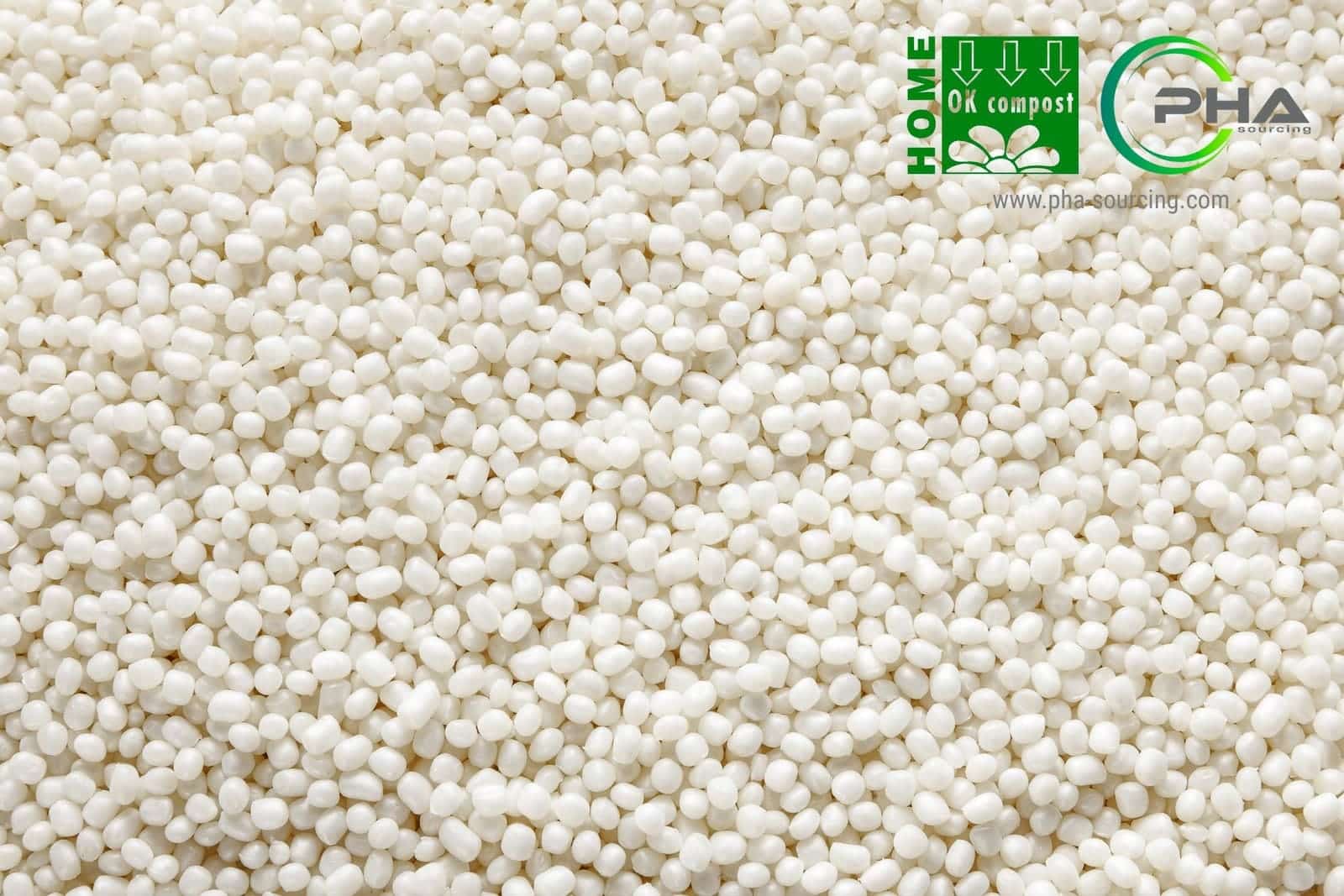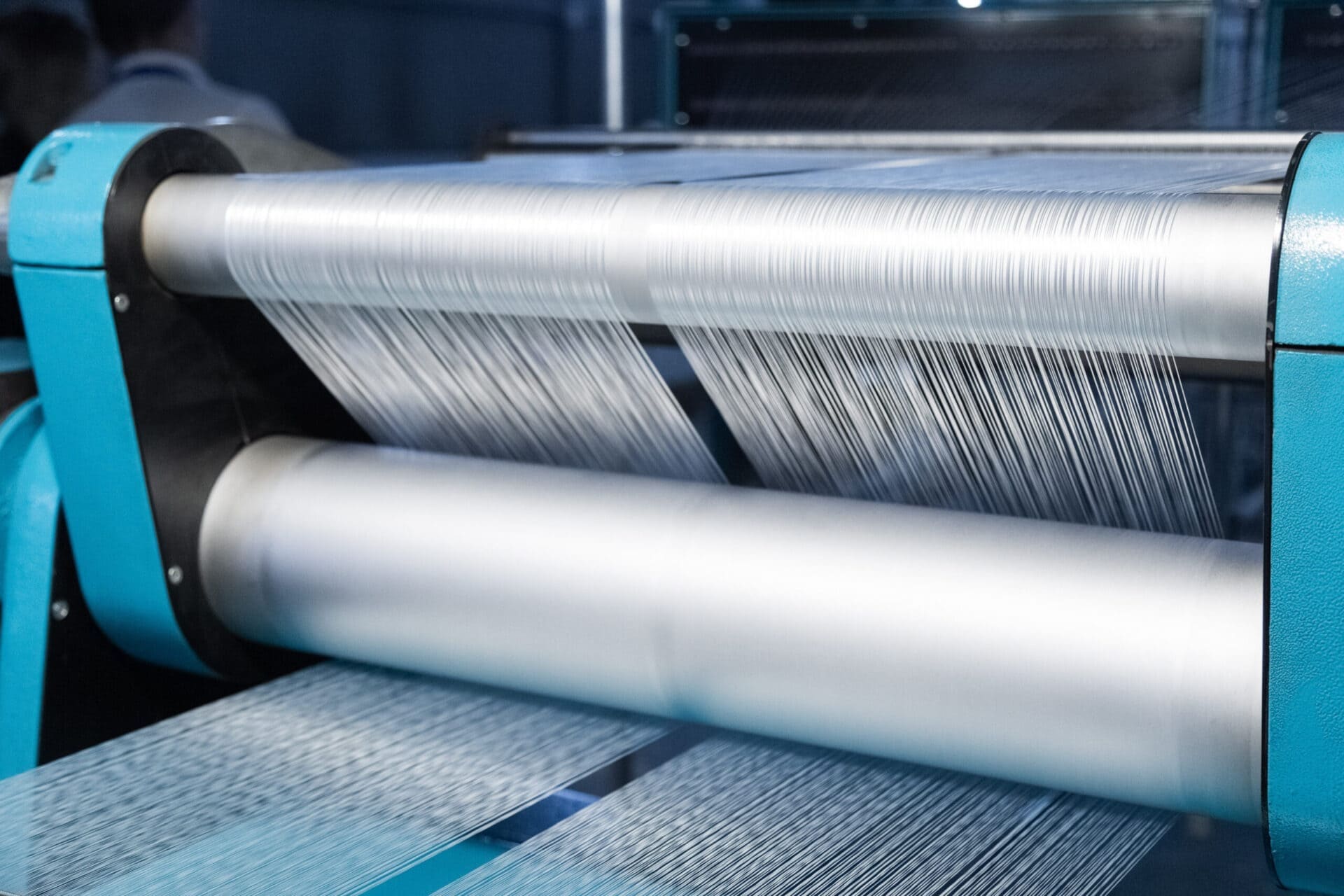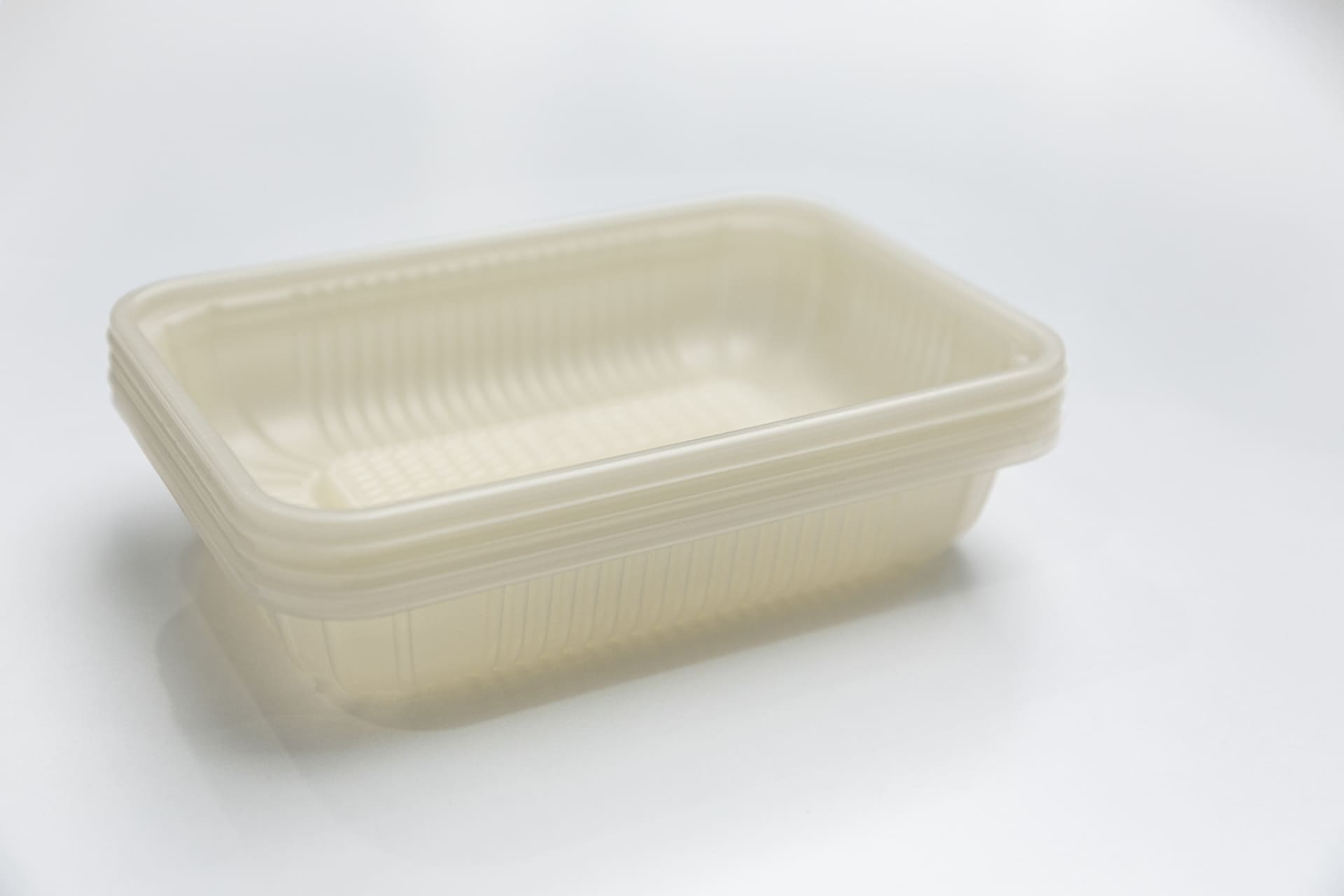As agriculture evolves to meet the challenges of climate change and plastic pollution, the horticulture bioplastics market is emerging as a key solution. With an expected market value of USD 62.7 billion by 2033 and a CAGR of 21.9% from 2024, this segment is pioneering the shift toward sustainable agricultural practices globally.
Bioplastics in Horticulture: Eco-Friendly Alternatives to Conventional Materials
Derived from renewable raw materials such as starch, cellulose, and PHA biopolymers, horticulture bioplastics are engineered to degrade over time, reducing plastic accumulation in soils and ecosystems. These materials are now used in mulch films, greenhouse covers, pots, and labels—applications where durability meets biodegradability.
Compared to traditional petroleum-based plastics, bioplastics minimize pollution, improve soil health, and support integrated farming practices. Their adoption in horticulture also aligns with growing consumer and regulatory demand for environmentally conscious farming inputs.
Key Drivers Accelerating Market Growth
Environmental Sustainability and Policy Support
As governments implement restrictions on single-use plastics and support the composting of agricultural materials, bioplastics have gained legitimacy as a scalable alternative. Initiatives like the EU’s Circular Economy Action Plan are shaping policy environments that favor the adoption of biodegradable technologies in farming.
Boosting Crop Performance and Soil Integrity
Bioplastic mulch films improve water retention and regulate temperature, fostering higher yields and plant resilience. As they decompose, they release organic matter into the soil, avoiding the need for plastic removal and reducing labor costs—benefits that make them particularly attractive for agricultural professionals.
Material Innovation: Stronger, Smarter Bioplastics
Advances in polymer science have led to bioplastics with enhanced UV resistance, tensile strength, and durability. This includes materials made from renewable sources that perform comparably to traditional plastics even under demanding horticultural conditions.
Growing Consumer Pressure for Sustainability
End consumers now expect the food supply chain to reflect sustainable values. Farmers and brands that integrate biodegradable inputs can differentiate themselves in a market increasingly influenced by transparency and environmental impact.
Financial Incentives from Governments
Subsidies, grants, and tax incentives are making it easier for farmers to transition to biodegradable films and containers. These measures reduce investment risks and are helping scale adoption, particularly among small and mid-sized growers.
A Dynamic Competitive Landscape
The horticulture bioplastics market is characterized by strong competition and high R&D investment. Companies are diversifying offerings beyond mulch films into plant pots, greenhouse solutions, and even digitally integrated materials.
Innovation and Strategic Alliances
Collaborations between bioplastic manufacturers, agricultural R&D centers, and government bodies are enabling tailored solutions for regional farming challenges. The growing relevance of flexible packaging and films in agriculture is also influencing bioplastic R&D pipelines.
Expanding Market Horizons
Bioplastics are now being applied in non-traditional segments such as vertical farming and controlled-environment agriculture (CEA). This diversification helps manufacturers and suppliers, such as PHA Sourcing, tap into emerging demand and offer customizable, scalable solutions.
Market Segmentation and Materials Overview
The market is segmented by product (mulch films, pots, greenhouse films), raw material (PLA, PBAT, PHA, PBS), end use (commercial, domestic, landscaping), and degradation type (compostable, biodegradable).
Among these, PHA stands out for its compostability in soil and marine environments, making it a highly attractive option for horticulture. It bridges performance and environmental requirements—critical in an industry where product life cycles are closely tied to seasonal and ecological conditions.
Challenges and Future Opportunities
Despite strong growth prospects, the sector faces hurdles. Production costs remain higher than traditional plastics, and supply chain volatility can affect raw material access. However, these barriers are being addressed through scaling, innovation, and financial support programs.
Looking ahead, the integration of data analytics and smart sensors into bioplastic films could offer new insights into soil health, crop conditions, and film degradation—helping farmers make real-time decisions. Meanwhile, new raw materials like pongamia oil and agri-waste-derived feedstocks continue to expand the possibilities for sustainable production.
Conclusion: A Greener Path Forward for Horticulture
Bioplastics are no longer experimental—they are a growing component of sustainable agriculture. As the horticulture industry faces increasing pressure to reduce its environmental impact, biodegradable materials are delivering both performance and planet-friendly benefits.
With manufacturers, policymakers, and growers aligned on environmental goals, the horticulture bioplastic market is set to transform farming practices across the globe. For stakeholders seeking scalable, reliable, and sustainable solutions, the momentum behind bioplastics is only just beginning.





